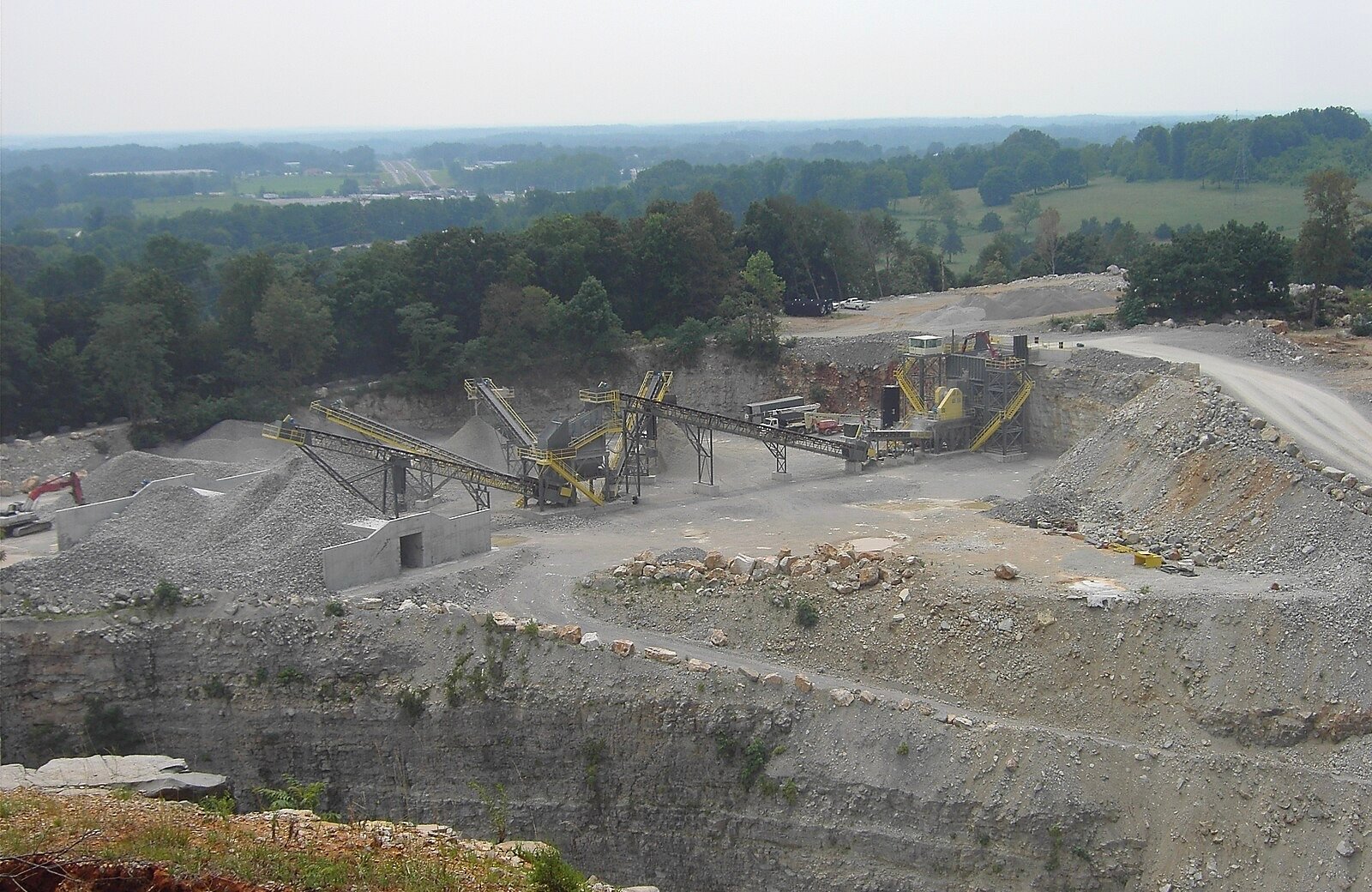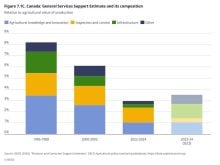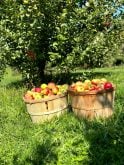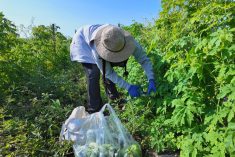The public is more concerned with conserving environmental health and ensuring access to affordable food, versus growing more of it, according to public consultations on Canada’s Food Policy.
The results of a long public consultation process were released recently and show the challenges that the federal government will have in creating A Food Policy for Canada, because of the many users and influences on the food system — some of them competing.
Why it matters: Food policy has historically been affected by many government departments. Everyone from farm groups to poverty experts hope better co-ordination and focus under one national food policy can improve the system from farm to plate.
Read Also

Melancthon faces a new quarry fight over water, environment and farmland risks
A proposed Strada blast quarry in Melancthon, Ont., sparks regional debate over water protection, farmland sustainability, and Ontario’s aggregate policy.
The consultation process involved input from agriculture groups, processors, retailers, consumers and indigenous peoples.
A national food policy was promised by the Liberals in the last federal election and was a key part of the mandate given to Lawrence MacAulay, Canada’s minister of agriculture, food and rural affairs.
Ron Bonnett, president of the Canadian Federation of Agriculture, says the next steps in the process will be important. There have been four areas of important identified including:
- Food security;
- Health and food safety;
- Environment;
- Economic growth.
Bonnett says the different areas will have different groups with interest in those areas. Farmers will be most engaged in the economic growth area, along with the environment.
“We want to make sure anything done on the environment side is based on evidence. That’s why we were happy to see the word evidence in the document. If you start doing things by perception versus evidence it can get pretty messy pretty quick.”
There are several points highlighted by the report including:
- Calls for an external advisory body to provide advice, monitoring and information from those involved in the food sector, to the food policy’s implementers in government;
- The need for better data collection;
- Support for making decisions based on evidence;
- Distinct policies for aboriginal communities that takes into account their historical cultural connection to food in their natural environment, and also the challenges many communities have in securing a supply of affordable health foods, especially communities in the North.
There’s no doubt from the report that conserving water and land resources is an important priority for Canadians.
Online survey results suggest that the respondents, with three-quarters identifying themselves as being from the general population, were mostly focused on issues that affect them as consumers. There were almost 45,000 online responses. Quantitative results ranking the four theme areas resulted in “Conserving our soil, water, and air” as the highest priority theme (45 per cent) followed by “Increasing access to affordable food” (32 per cent), then “Improving health and food safety” (13 per cent) and then “Growing more high quality food” (11 per cent).
The report says, “Quantitative and qualitative results suggest that respondents are very concerned with protection of land, rural and remote access to food, local and organic food production, and food costs. They were less concerned with exports, trade, or the Canadian sector’s global reputation.”
The government also held a National Food Summit for invited participants, and collected more than 100 written submissions. Other meetings were held to collect information by Members of Parliament in their ridings and by groups involved in the food system.
The report also emphasized that many respondents saw all of the themes as interconnected. For example, the economic growth of the sector and the government’s goal to increase agriculture and food exports to $75 billion by 2025 should not come at the expensive of the health of land and water.
The consultations yielded an emphasis on local food systems and small- and medium-farm operations as a way to economic growth of the agriculture economy. There were also concerns about barriers to entry into farming and challenges with access to capital.
The growth in the agriculture sector was identified as an area that could have broad effect across the country, and with the potential to create opportunities for a wide range of Canadians.
Agriculture Canada says that no date has been set for the launch of A Food Policy for Canada.















